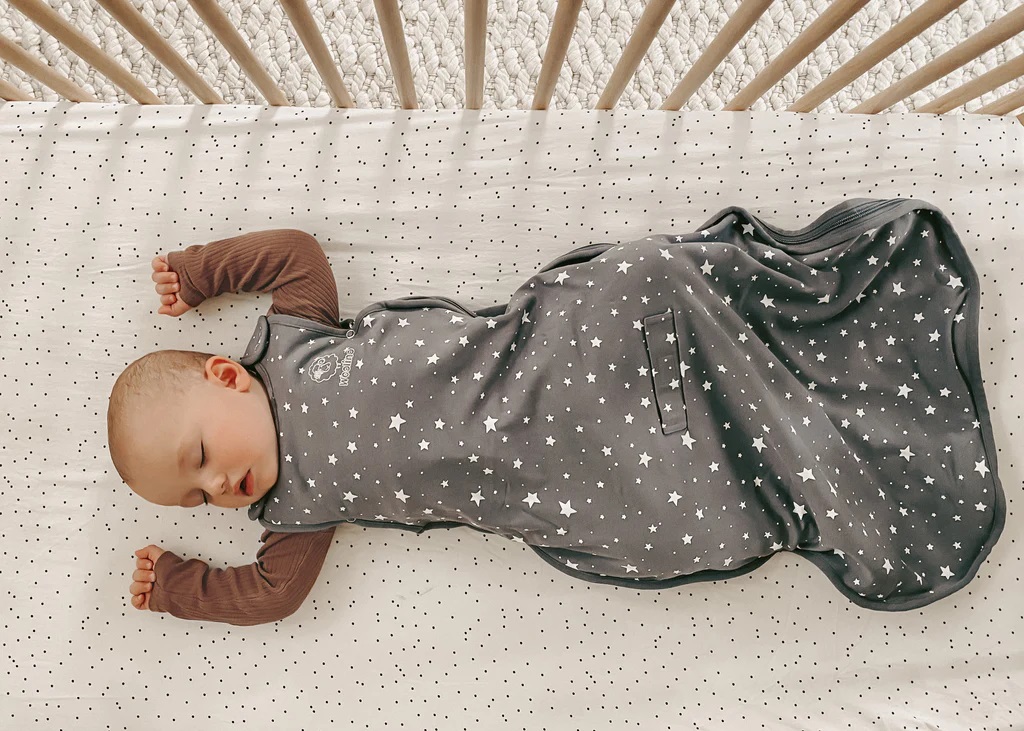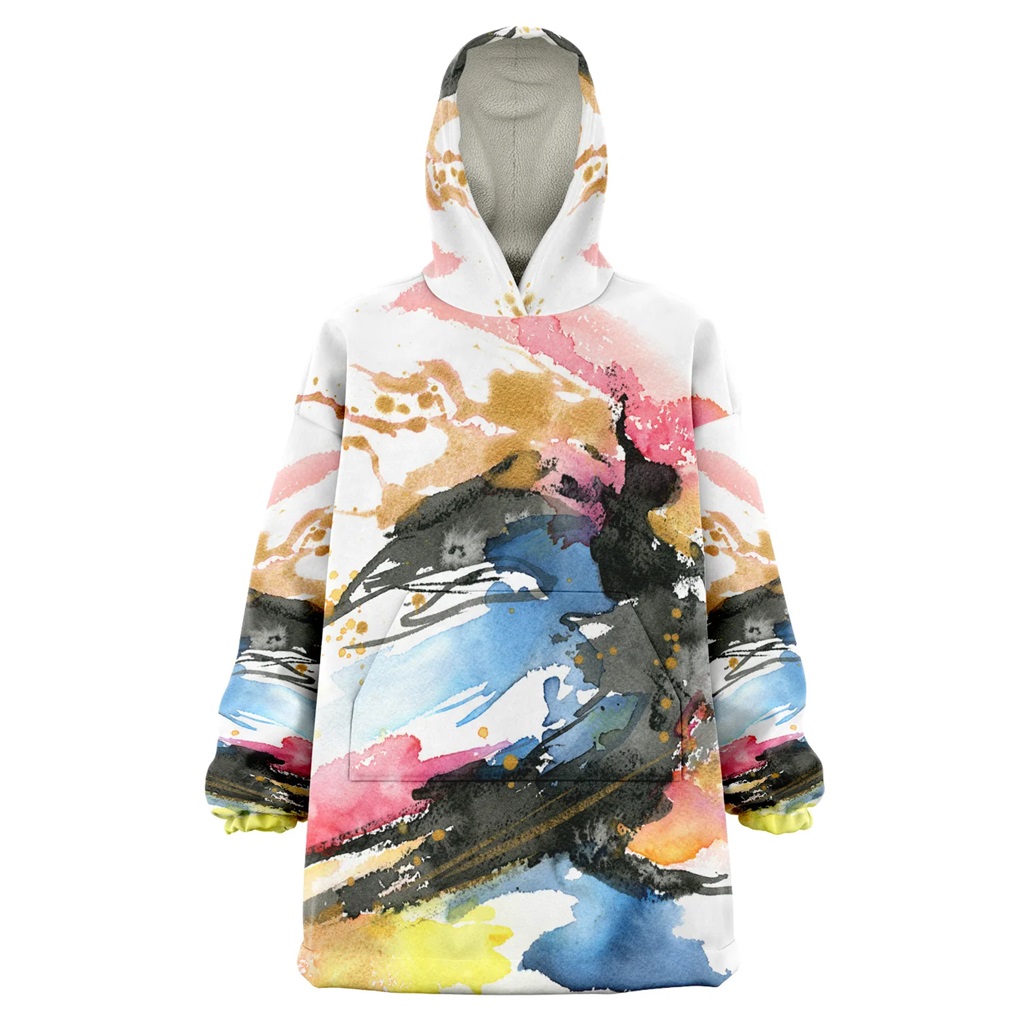
Wearable blankets, also known as sleep sacks or baby sleeping bags, have become a popular choice among parents for keeping their infants cozy and safe during sleep. These innovative garments provide a safer alternative to loose blankets, reducing the risk of suffocation and Sudden Infant Death Syndrome (SIDS). However, as your baby grows and develops, there comes a time when you should consider when to stop using a wearable blanket. In this article, we will delve into this important topic, exploring the signs and recommendations for transitioning away from wearable blankets.
The Importance of Wearable Blankets
Wearable blankets have been a game-changer in the world of infant sleep. They offer a secure and comfortable sleeping environment for babies, eliminating the need for loose blankets that could potentially cover a baby’s face and pose a suffocation hazard. These sleep sacks come in various sizes, materials, and designs to accommodate infants of different ages and sleeping preferences.

The Safety Aspect
One of the primary reasons parents opt for wearable blankets is safety. Babies are known for their restless movements during sleep, and traditional blankets can easily be kicked off, leaving them exposed to cold. This can lead to frequent waking and discomfort for both the baby and the parents. Wearable blankets, on the other hand, stay in place, ensuring that your baby remains snug and warm throughout the night.
Comfort and Quality Sleep
Babies need quality sleep for their growth and development. Wearable blankets help regulate a baby’s body temperature, ensuring they don’t get too hot or too cold during the night. This, in turn, promotes longer and more restful sleep, which is crucial for your baby’s overall well-being.
Signs It’s Time to Transition
While wearable blankets are incredibly beneficial during the early stages of a baby’s life, there comes a point when they may no longer be necessary or suitable. Here are some signs to look for when considering when to stop using a wearable blanket:
1. Age and Development
As babies grow, they become more mobile. They start rolling over, crawling, and eventually standing. When your baby reaches these milestones, it’s time to think about transitioning away from a wearable blanket. This is because more mobility can lead to a higher risk of tripping or falling while wearing a sleep sack.
2. Changing Seasons
The ideal room temperature for a baby’s sleep environment is around 68-72°F (20-22°C). If you live in an area with extreme temperature variations, you might find that a wearable blanket isn’t suitable during hot summer months or very cold winters. During such times, it’s a good idea to use lighter or heavier sleepwear as needed.
3. Baby’s Preference
Babies have their preferences too. Some might start resisting the wearable blanket, indicating that they are ready for a change. It’s essential to pay attention to your baby’s cues and comfort level.

Transitioning Away from Wearable Blankets
When you’ve determined that it’s time to stop using a wearable blanket, you have several options to consider for your baby’s sleepwear:
1. Sleep Suits
Sleep suits with covered feet and arms can provide a cozy alternative to wearable blankets. They allow freedom of movement and can be an excellent choice for active babies.
2. Footed Pajamas
Footed pajamas are a practical choice, especially during colder months. They keep your baby warm while still allowing them to move their legs freely.
3. Lightweight Sleep Sacks
If you live in a region with fluctuating temperatures, lightweight sleep sacks can be a great solution. They provide some warmth without the bulk of a traditional wearable blanket.
4. Layered Sleepwear
Layering is an effective way to regulate your baby’s body temperature. You can use a onesie and add layers of clothing as needed. This allows you to adjust the warmth based on the room temperature.
Conclusion
Wearable blankets are a valuable tool for ensuring your baby’s safety and comfort during sleep. However, as your baby grows and circumstances change, it’s essential to recognize the signs that it’s time to transition away from them. By doing so, you’ll provide your baby with a safe and comfortable sleep environment that meets their evolving needs.
FAQs
1. When should I stop using a wearable blanket for my baby?
You should consider stopping the use of a wearable blanket when your baby reaches developmental milestones such as rolling over, crawling, or standing, or if they show signs of discomfort.
2. What sleepwear options can I choose when transitioning from a wearable blanket?
You can consider sleep suits, footed pajamas, lightweight sleep sacks, and layered sleepwear as alternatives to wearable blankets.
3. Is it safe to use a wearable blanket during hot summer months?
During hot summer months, it’s best to use lighter sleepwear options or simply dress your baby in breathable clothing suitable for the room temperature.
4. What is the ideal room temperature for a baby’s sleep environment?
The ideal room temperature for a baby’s sleep environment is around 68-72°F (20-22°C). Ensure the room is neither too hot nor too cold to promote a comfortable and safe sleep.
5. How do I know if my baby is ready to transition from a wearable blanket?
Pay attention to your baby’s cues and comfort level. If they start resisting the wearable blanket or show signs of restlessness, it may be a sign that they are ready for a change in sleepwear.
